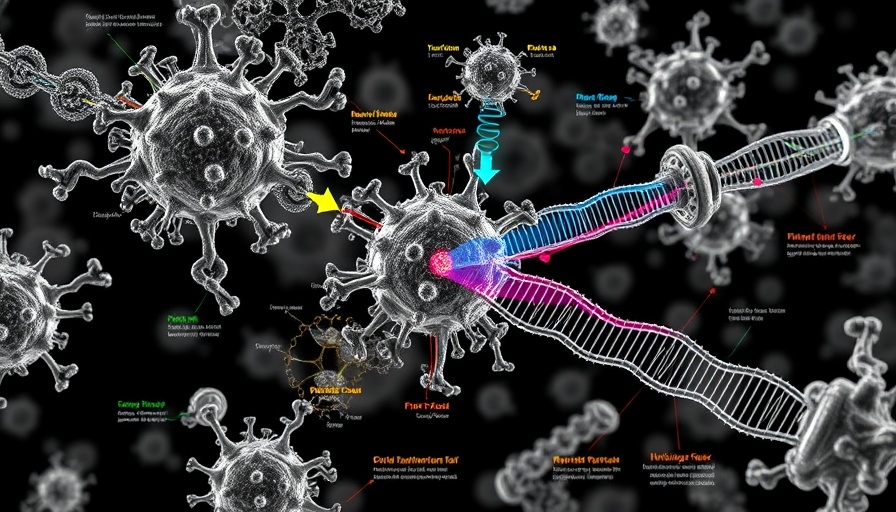
Unforgettable Defense Tactics in Nature's Smallest Creatures
Every living creature on Earth, no matter how big or small, has its own set of defense mechanisms against threats. Interestingly, bacteria, even with their simple structures, have evolved exceptional strategies to protect themselves from viruses. This exploration into the remarkable world of bacterial defense reveals not just how they combat invaders, but also how these discoveries are reshaping our understanding of genetics and potentially even biotechnology.
What Are CARF Effectors and Why Are They Important?
Recently, researchers from Rockefeller University have turned their focus to a specific component of some CRISPR systems: CARF effectors. These proteins are crucial to the immune defenses of bacteria. The study led by Luciano Marraffini at Rockefeller and Dinshaw Patel at MSKCC has unveiled the potential of these CARF effectors in halting viral replication. Their research identified a new CARF effector named Cat1, which operates by depleting vital cellular metabolites. By cutting off the energy supply to invading viruses, bacterial cells can effectively stop the viral spread in its tracks. Marraffini proudly states, "The range of their molecular activities is quite amazing," highlighting the significance of these protective agents in the fight against phages.
The Diverse Arsenal of CRISPR Systems
CRISPR has become a buzzword in biotech, mainly known for its role in gene editing through the famed CRISPR-Cas9 mechanism. However, the majority of people might not realize that CRISPR encompasses several types of systems that utilize various tactics to fend off viral threats. These systems don't just slice and dice foreign DNA; they employ a multitude of defense strategies that render the virus's mission nearly impossible. For example, different CARF effectors activate different responses upon detecting a viral attack. Some create unfavorable conditions for the virus to thrive, while others target the virus's energy resources directly.
Implications of CRISPR Research on Future Biotech Innovations
The newfound understanding of CARF effectors is paving the way for potential breakthroughs in biotechnology. If scientists can harness these mechanisms, they could revolutionize how we approach medicine, agriculture, and bioengineering. For instance, the ability to design targeted therapeutic agents that mimic bacterial defenses could lead to improved treatment methods for viral infections. Moreover, considering the critical role these systems play in natural defense mechanisms raises questions about ethical implications when applied to human technology.
How This Discovery Could Shape Our Understanding of Life
The more we learn about CRISPR systems and their defense mechanisms, the more we reshape our understanding of life itself. Researchers are not merely uncovering how bacteria survive; they are revealing the intricate balance of life and the ongoing battle against disease. As these breakthroughs continue, we are essentially witnessing the next evolutionary chapter of biotechnology and health sciences. It's an exciting time that opens doors to new possibilities and innovations that could enhance our daily lives.
 Add Row
Add Row  Add
Add 




Write A Comment